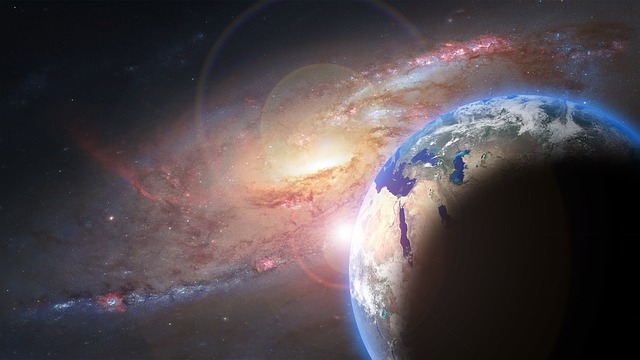Scientists predict that the Earth's atmosphere will undergo a drastic transition, reverting to a state comparable to that before the Great Oxidation Event (GOE) roughly 2.4 billion years ago.
This event, which resulted in a huge increase in atmospheric oxygen, radically altered our planet's atmosphere and enabled the birth of aerobic life forms, including humans.
However, according to studies published in 2021, this oxygen-rich epoch may not be a permanent aspect of Earth's past. According to the study, a rapid deoxygenation event could occur during the next billion years, resulting in an atmosphere dominated by methane, similar to the Archaean Earth.
Unless we develop the ability to depart our planet, this transformation will mean the end of oxygen-dependent life, including human civilisation.
The researchers used complicated models of Earth's biosphere to account for the Sun's growing luminosity and the associated fall in carbon dioxide levels due to increased heat breaking down the gas. Lower CO2 levels would cause photosynthetic organisms like plants to decline, leading in a significant decrease in oxygen generation.
Previous predictions predicted that increasing solar radiation would evaporate Earth's oceans in about 2 billion years, but this new model, based on nearly 4,00,000 simulations, shows that oxygen depletion will occur before the loss of surface water and will be more immediately fatal to life as we know it.

The severity of the expected oxygen decline was emphasised by Chris Reinhard, an Earth scientist at Georgia Institute of Technology. According to him, it is a million times less than present levels, according to estimations. A drastic drop would leave the planet uninhabitable to aerobic species, effectively putting an end to the bulk of life forms that currently exist on Earth.
This study has far-reaching consequences for the search for extra-terrestrial life. The findings show that oxygen may not be the only biosignature that indicates life as astronomers use more powerful telescopes to scan the cosmos for habitable planets.
The study, which is part of NASA's NExSS (Nexus for Exoplanet System Science) mission, recommends that alternative biosignatures be examined in the search for alien life.
The post-deoxygenation environment, according to Kazumi Ozaki of Toho University in Japan, has elevated methane levels, low CO2, and no protective ozone layer. Anaerobic life forms would predominate in this future scenario, sustaining the cycle of life long after oxygen-dependent species were perished.
The consequences of this finding are profound, implying that Earth's oxygen-rich age may last only 20-30% of the planet's total existence. As humanity grapples with the difficulties of climate change and environmental degradation, this view into the distant future serves as a reminder of our planet's ever-changing nature and the ephemeral nature of the conditions that sustain life as we know it.
Top Stories, Trending, Viral, Jobs, Information & Entertainment Telegram Channel Click to Join Infimor
